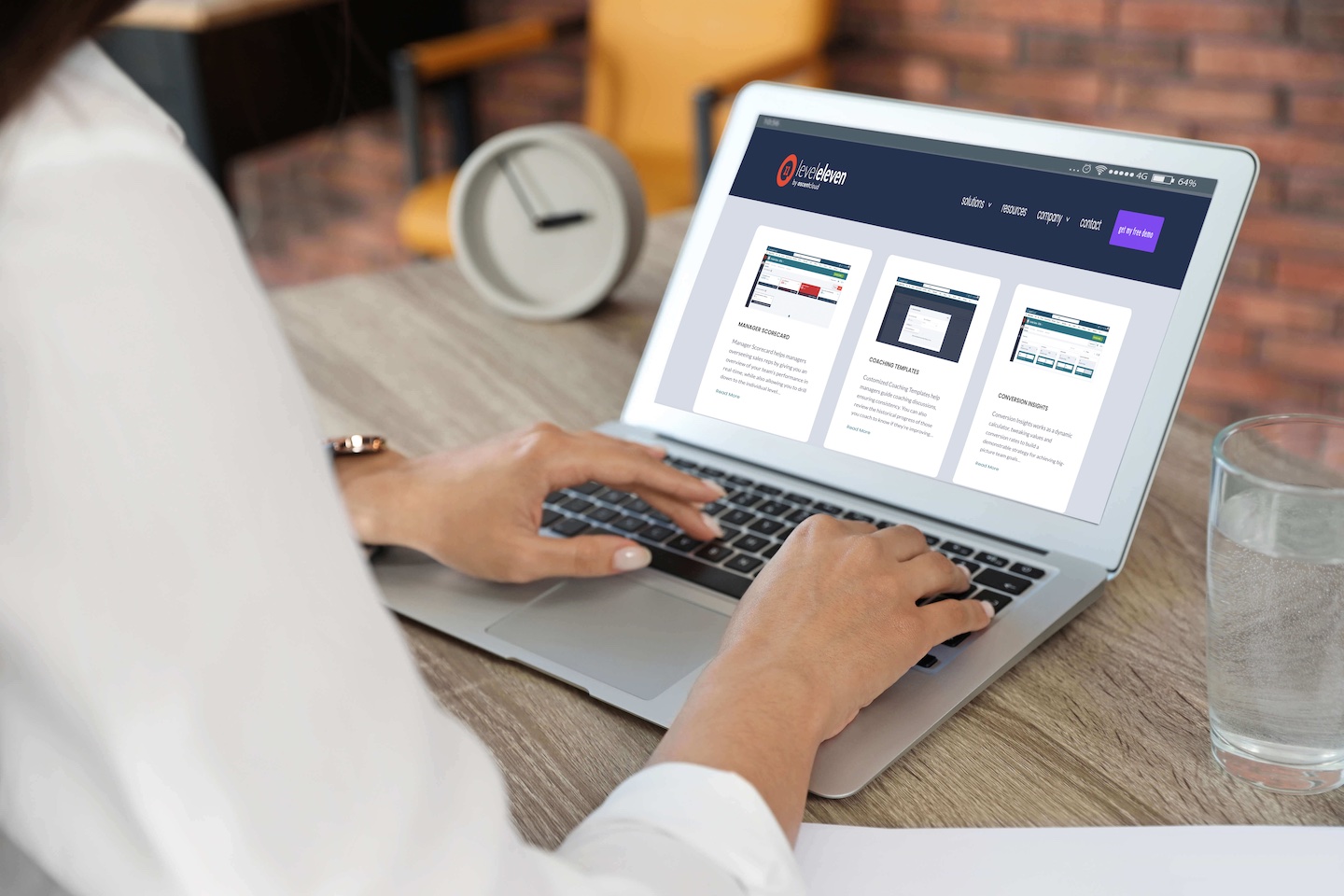Picture this: your loved ones are gathered at the dinner table, chit chatting around nearly empty serving dishes after enjoying a meal. Clean up is happening around you, but the joy of the evening is lingering and no one is ready to turn in for the night. Someone pulls out a beloved board game you haven’t played since you were younger. Competition and laughter fill the room.
You’re smiling, aren’t you?
Every element of a game offers something special to people — they bring people together, they create joy, they teach new things, they sharpen skill sets. For that reason, it’s no wonder that so many companies have taken to gamifying the workplace.
In this blog series, we’re breaking down the basics of gamification and revealing the tools you can use to implement this powerful business method successfully.
What Does it Mean to Gamify the Workplace?
Gamification is simple, really. It’s the implementation of games or activities to encourage certain behaviors using classic elements of games.
So what does that actually mean? What are those classic elements of a game that can transfer over to the workplace? Let’s go over a few basic principles of gamification:
- There must be rules of play — adding a storyline is also helpful.
- Points, timers, and leaderboards provide visibility along the way.
- As the game progresses, the levels get slightly more difficult.
- Rewards are given throughout the game as tasks (or side missions) are completed.
All of these principles (and more) can easily be applied to the workplace with the right technology. It’s probably easiest to understand if you think of the very common sales contest: there are rules, there are points and leaderboards, and there are winners. The sales contest is something that has become tried and tested over the years since salespeople are competitive by nature, but it’s not just about the competition.
When implemented the correct way, gamification has the power to reinforce behaviors to help each employee grow in their skill set. It also helps with team-building and boosts individual engagement.
The Stats Behind Gamification
At the end of the day, gamification is all about user engagement. The goal of a board game or a video game is to get the person playing engaged with a specific set of behaviors to reach the end, victoriously.
As we all know, when someone is more engaged, they’re so much more likely to be successful. Keeping employees engaged is what it’s all about, no matter the role or industry. Gamification is a proven way to do this.
A recent survey found that employee engagement increases by 60% with gamification. In that same survey, 30% of business workers said that gamification leads to an increased desire to be engaged at work.
With this in mind, gamification increases employee engagement on its own AND it makes individuals want to be more engaged.
The Right Tools
You know what gamification is all about, and you know it’s a powerful way to boost employee engagement. So now what?
Now it’s time to figure out how to make gamifying the workplace as easy as possible with the highest chance for success. It all starts with the right tools, and LevelEleven is one of those tools.
With many elements of gamification—contests, badges, scorecards—LevelEleven is really a one-stop shop for employee engagement and skill development.
In the next part of this blog series, you will learn more about individual elements of gamification offered by LevelEleven and the science behind why they work.
Stay tuned!





